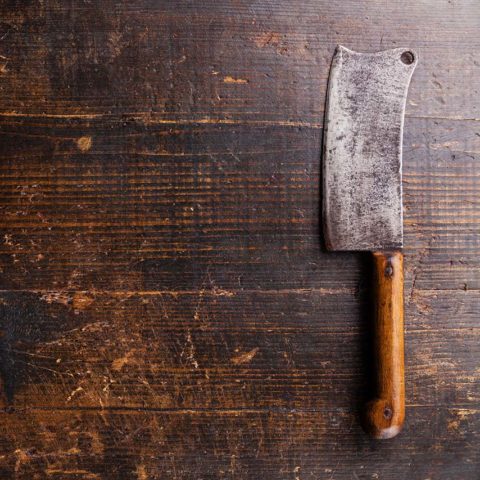April 8, 2020
Maintaining A Sourdough Starter
Congratulations! You made it through the emotional roller coaster of raising your own sourdough starter. Now comes the ultimate commitment challenge – keeping it alive. For those of you without children, consider this a practice run without the dirty diapers! When stored correctly and fed on a regular basis, your starter will be around for years to come. And if you’re really lucky, 70 years from now you can leave this gooey, smelly, sour thing to some poor unsuspecting relative.
Step one to successful sourdough maintenance
Give it a name. Studies show that 90% of starters without a name, don’t make it past the first month. Kidding! No one has time for studies on sourdough survival rates. But if you think about it, you’re more likely to care about something that has a name. Larry the sourdough just took on a personality. He’s like that eccentric, lazy uncle of yours. He likes to loaf around (loaf, get it?) most of the time, but every once in a while he surprises you with something amazing.
My starter doesn’t have a name per se. I refer to it as my yeast baby. I care for it, feed it, fatten it up, and then… throw it in the oven! Wow. That took a dark turn. Am I the witch from Hansel and Gretel? Ok, this is derailing quickly – on to step two.
Sourdough Storage
When you’re not using your starter, keep it in a glass container in the refrigerator. This cool environment basically puts your yeast to sleep, slowing it’s growth. Glass containers are your best bet – they’re easier to clean, won’t tarnish, and won’t hold on to that sour, yeasty smell for eternity.
Clean your container often
Every time you use your starter, transfer it to a new clean container to keep excess bacteria from growing. If at any point your starter begins to change color, grow a fur coat or smell unusually bad, it’s probably time to start over. Sorry Larry.
Bake with it regularly!
Your sourdough starter can be left in the fridge unused and unfed for up to two weeks. Three weeks is pushing it. If you can’t find a use for it in that time period, take it out, refresh it and put it back in the refrigerator until you’re ready to use it.
Refreshing your starter
Ingredients
- 100g water (1/2 c)
- 90g bread flour (2/3 c)
- 10g rye flour (2 T)
- Discard all but a few tablespoons of your starter
- Add the remainder of the starter along with water to a clean container and mix to dissolve some of the starter.
- Add flour to your container and mix until mostly combined.
- Allow to sit at room temperature for an hour or two to give the yeast a chance to do its yeasty thing.
- Return to the refrigerator.
Baker’s Note: you can use 100% bread or all purpose flour here. That measurement will be 100g or approximately 3/4 c.
Feed/bulk prior to use
Fed starter is going to produce bread for you more quickly and more reliably. If you forget to feed it beforehand and need to speed the process up, it’s ok to cheat and add a little bit of regular store-bought yeast. I promise not to tell anyone you cheated.
Ingredients
- 100g water (1/2 c)
- 90g bread flour (2/3 c)
- 10g rye flour (2 T)
- Remove your starter 8-12 hours prior to use. Don’t discard any.
- Add the water to your container and mix to dissolve the starter.
- Add flour to your container and mix until mostly combined. As mentioned above, all bread or all purpose flour can be used if that’s what you have on hand.
- Allow to sit at room temperature until nearly doubled in size, bubbly and puffy. This will take 8-12 hours.
Baker’s Note: For the beginner’s sourdough bread recipe, this process should be done in the morning so that the starter is ready a few hours before you go to bed.
Comments
Love it? Hate it? Make an awesome substitution or alteration that the world needs to know about? Post it here.
4 thoughts on "Maintaining A Sourdough Starter"
Comments are closed.



I am not understanding the amounts. Could you give the amount in grams to the ingredients? thank you!!
Hi Ruth – 25g starter for the refresh and 200g for bulking. Let me know if you have other questions!
How much starter is being added?
Hi Lindsey! If you’re just refreshing your starter and don’t plan to bake with it, you’ll only need about 2 tablespoons. If you’re bulking it up prior to baking with it, you can use all of your starter (for me that’s about a cup). I’ve found it unnecessary to discard any and it leads to a more active dough.